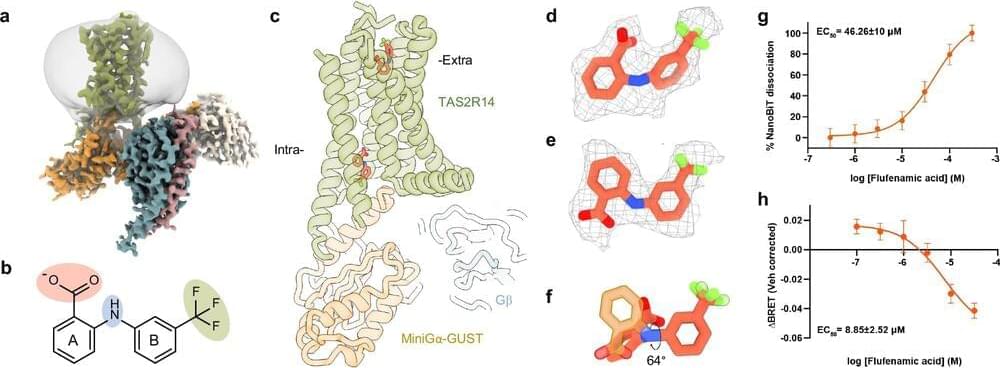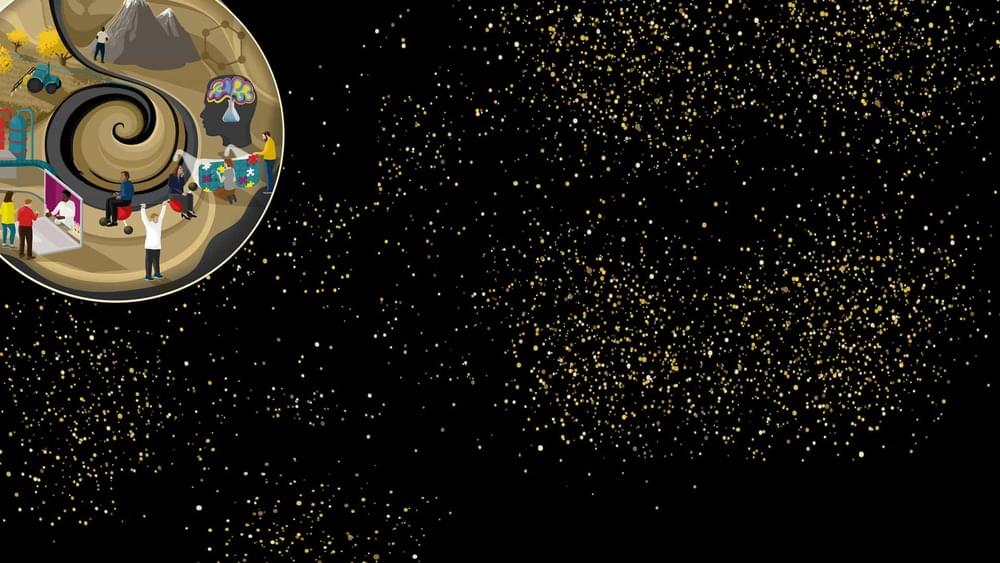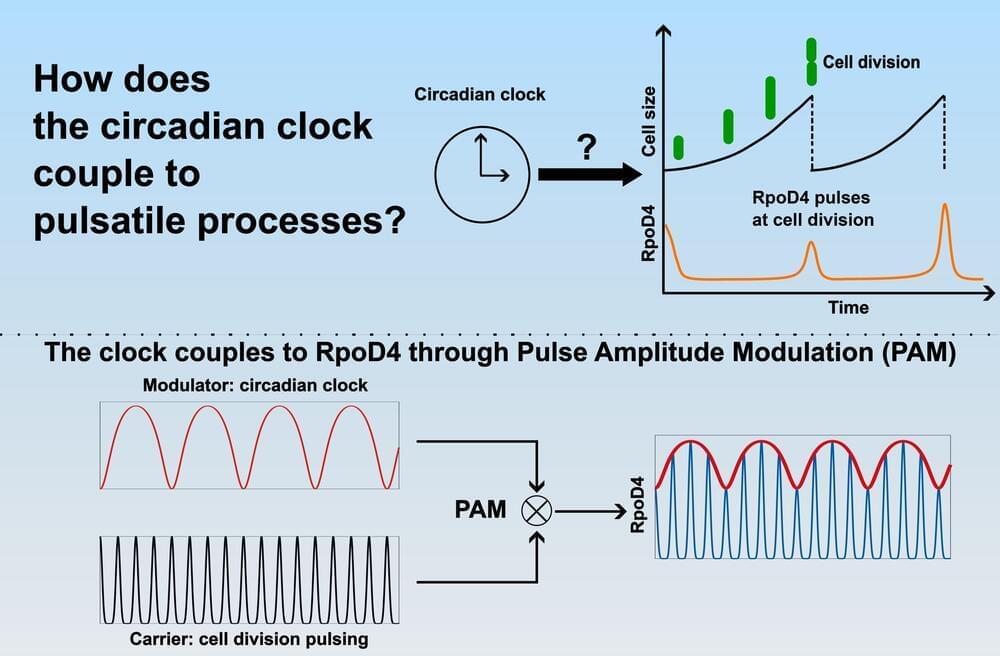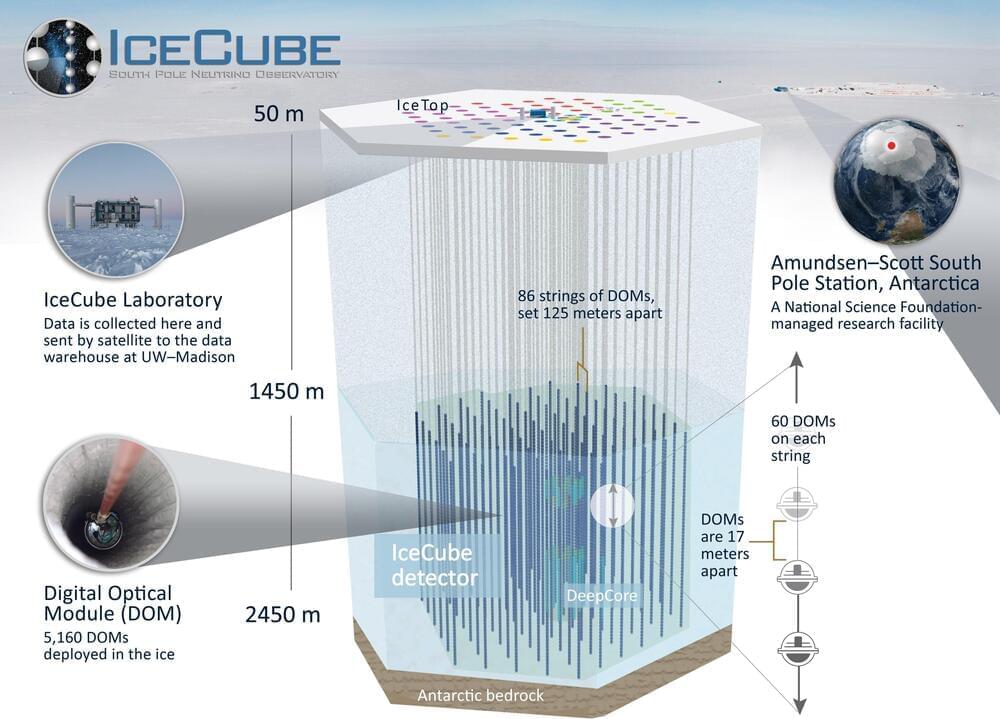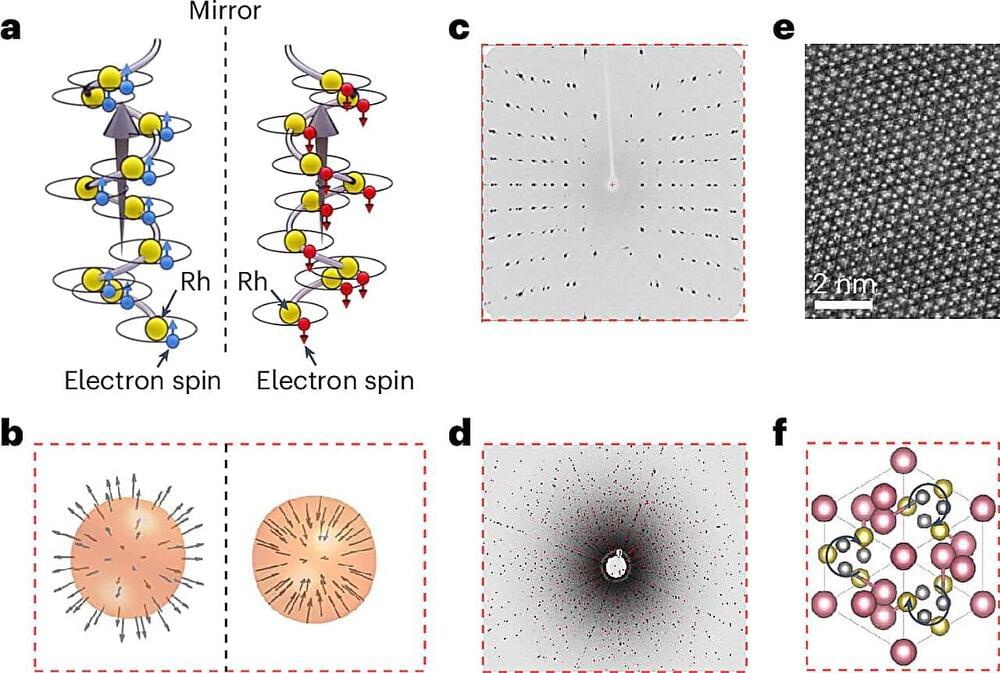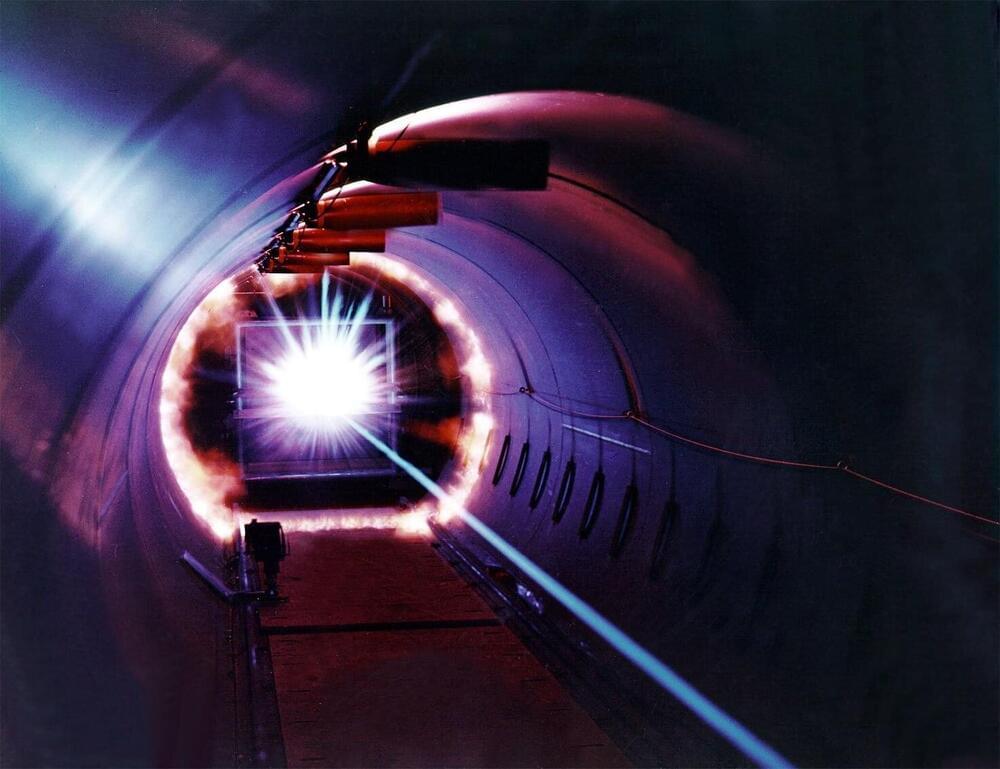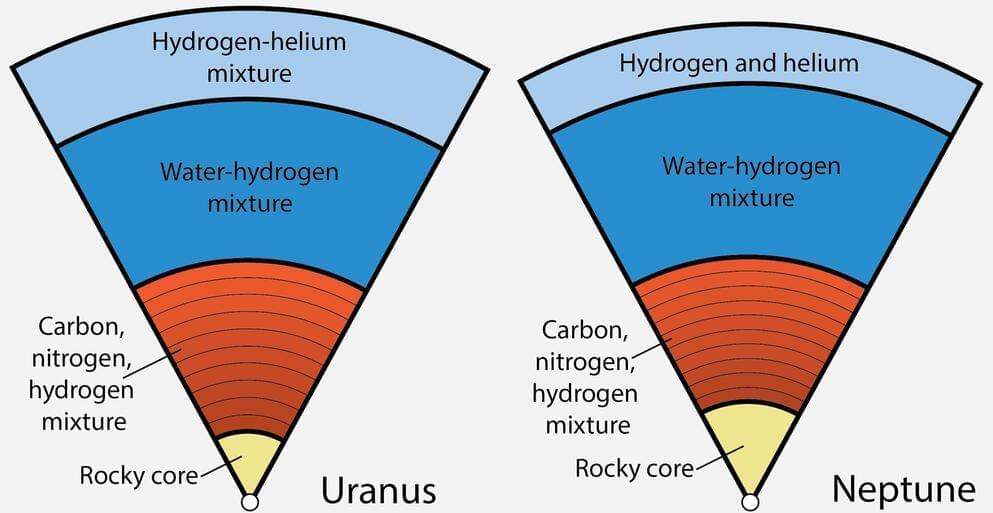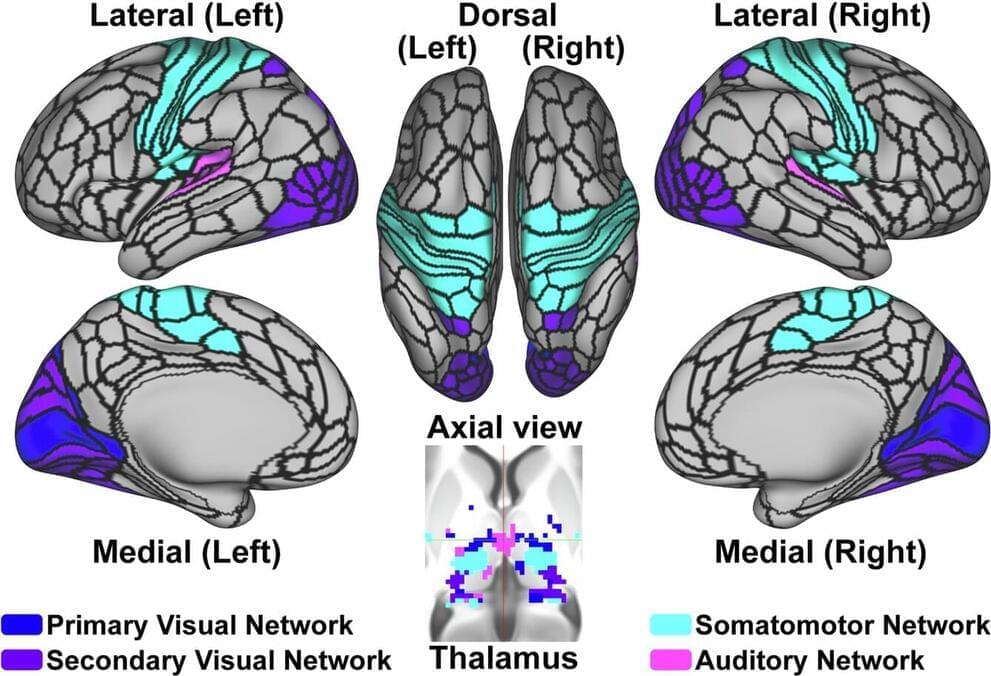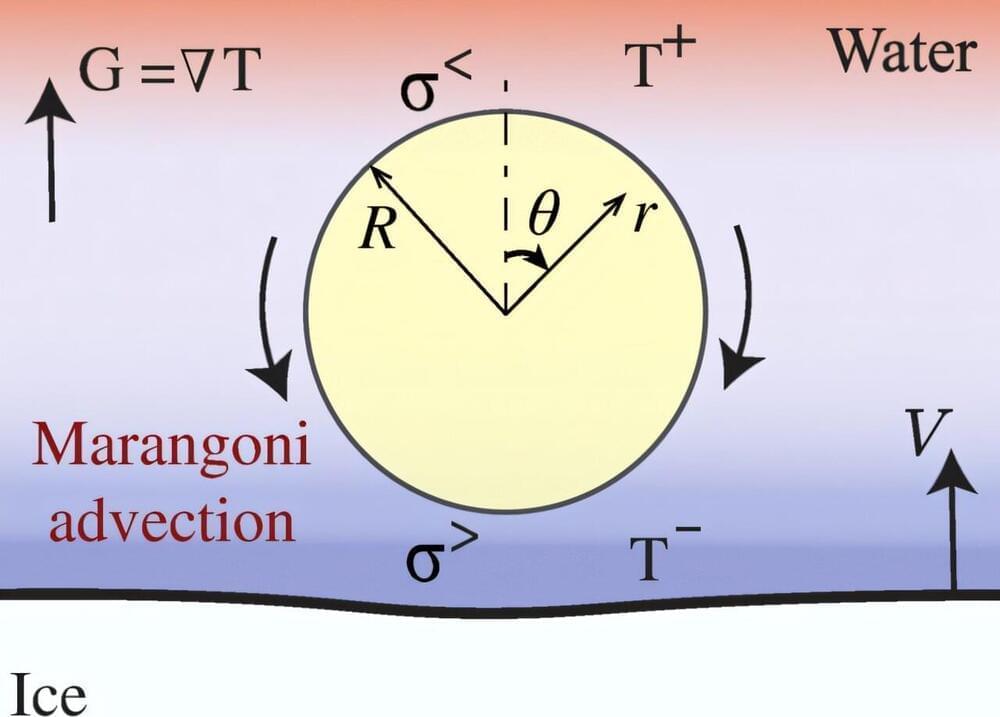Webinar marks a major step in equipping TVET teachers and trainers with AI skills to enhance teaching and training outcomes.
A new study describes an exciting discovery that changes the way we understand human bitter taste receptors. The research has revealed a hidden “pocket” inside one of the body’s bitter taste receptors, called TAS2R14.
This breakthrough could help not only understand how our tongue senses bitterness but also investigate the physiological roles of bitter taste receptors that are expressed extraorally. The work is published in Nature Communications, and was led by Prof. Masha Niv from the Hebrew University of Jerusalem, Dr. Moran Shalev-Benami from the Weizmann Institute, and Dr. Dorothee Weikert from FAU Erlangen.
There are many chemically different molecules that trigger bitter taste sensations, and the body uses a family of 25 receptors to detect them. Interestingly, many drugs also activate this bitter taste system.
RSC Prizes
Posted in chemistry
Have we got your #RSCPrizes nominations yet?
Our cover a huge range of contributions in the chemical sciences. If there’s someone you want to acknowledge, find the right prize for them and make them feel appreciated.
Nominate by 14 January ▶️ rsc.li/prizes
We have been recognising excellence in chemistry since 1869. Explore our, read more about our prize winners, and make a nomination today.
Cyanobacteria, an ancient lineage of bacteria that perform photosynthesis, have been found to regulate their genes using the same physics principle used in AM radio transmission.
New research published in Current Biology has found that cyanobacteria use variations in the amplitude (strength) of a pulse to convey information in single cells. The finding sheds light on how biological rhythms work together to regulate cellular processes.
In AM (amplitude modulation) radio, a wave with constant strength and frequency—called a carrier wave—is generated from the oscillation of an electric current. The audio signal, which contains the information (such as music or speech) to transmit, is superimposed onto the carrier wave. This is done by varying the amplitude of the carrier wave in accordance with the frequency of the audio signal.
Particle physicists have been looking for so-called “sterile neutrinos” for a few decades now. They are a hypothesized particle that would have a tiny mass like the three known neutrinos but would not interact by the weak force or any other Standard Model force, only through gravitational interactions.
Its existence—or their existence—would solve some anomalies seen in neutrino experiments, help answer questions beyond the Standard Model of particle physics, and, if massive enough, could explain cold dark matter or warm dark matter.
But sterile neutrinos have not been seen in any particle experiments, despite many attempts. Now an experiment by the IceCube Collaboration has used 10.7 years of data from their detector near the Amundsen-Scott South Pole Station to lower the probability that at least one sterile neutrino does not exist. Their paper appears in Physical Review Letters.
Water splitting—breaking water molecules into hydrogen and oxygen—is a promising pathway to sustainable energy. However, this process has long been challenged by the slow chemical kinetics of the oxygen evolution reaction that make hydrogen production inefficient and costly.
An international research team has now uncovered a solution. By using special crystals with unique intrinsic “chiral” structures—meaning they have a distinctive left or right-handed atomic arrangement—researchers have dramatically improved the water splitting process.
The findings are published in the journal Nature Energy.
When laser energy is deposited in a target material, numerous complex processes take place at length and time scales that are too small to visually observe. To study and ultimately fine-tune such processes, researchers look to computer modeling. However, these simulations rely on accurate equation of state (EOS) models to describe the thermodynamic properties—such as pressure, density and temperature—of a target material under the extreme conditions generated by the intense heat of a laser pulse.
One process that is insufficiently addressed in current EOS models is ablation, where the irradiation from the laser beam removes solid material from the target either by means of vaporization or plasma formation (the fourth state of matter). It is this mechanism that launches a shock into the material, ultimately resulting in the high densities required for high pressure experiments such as inertial confinement fusion (ICF).
To better understand laser–matter interactions with regard to ablation, researchers from Lawrence Livermore National Laboratory (LLNL), the University of California, San Diego (UCSD), SLAC National Accelerator Laboratory and other collaborating institutions conducted a study that represents the first example of using X-ray diffraction to make direct time-resolved measurements of an aluminum sample’s ablation depth. The research appears in Applied Physics Letters.
Diamond rain? Super-ionic water? These are just two proposals that planetary scientists have come up with for what lies beneath the thick, bluish, hydrogen-and-helium atmospheres of Uranus and Neptune, our solar system’s unique, but superficially bland, ice giants.
A planetary scientist at the University of California, Berkeley, now proposes an alternative theory—that the interiors of both these planets are layered, and that the two layers, like oil and water, don’t mix. That configuration neatly explains the planets’ unusual magnetic fields and implies that earlier theories of the interiors are unlikely to be true.
In a paper appearing in the journal Proceedings of the National Academy of Sciences, Burkhard Militzer argues that a deep ocean of water lies just below the cloud layers and, below that, a highly compressed fluid of carbon, nitrogen and hydrogen.
The current standard of care for psychosis is a diagnostic interview, but what if it could be diagnosed before the first symptom emerged? Researchers at the Del Monte Institute for Neuroscience at the University of Rochester are pointing toward a potential biomarker in the brain that could lead to more timely interventions and personalized care.
“Establishing such biomarkers could provide a key step in changing how we care for, treat, and offer interventions to people with psychosis,” said Brian Keane, Ph.D., assistant professor of Psychiatry, Center for Visual Science, and Neuroscience at the University of Rochester Medical Center.
Keane recently co-authored an article in Molecular Psychiatry that identifies how MRI scans could reveal brain differences in people with psychosis.
When water freezes slowly, the location where water turns into ice—known as the freezing front—forms a straight line. Researchers from the University of Twente showed how droplets that interact with such a freezing front cause surprising deformations of this front. These new insights were published in Physical Review Letters and show potential for applications in cryopreservation and food engineering techniques.
When water freezes, it is often thought of as a predictable, solid block forming layer by layer. But what happens if the progressing freezing front encounters tiny particles or droplets? Researchers from the University of Twente have explored this question, discovering that droplets can cause surprising deformations in the way ice forms.

